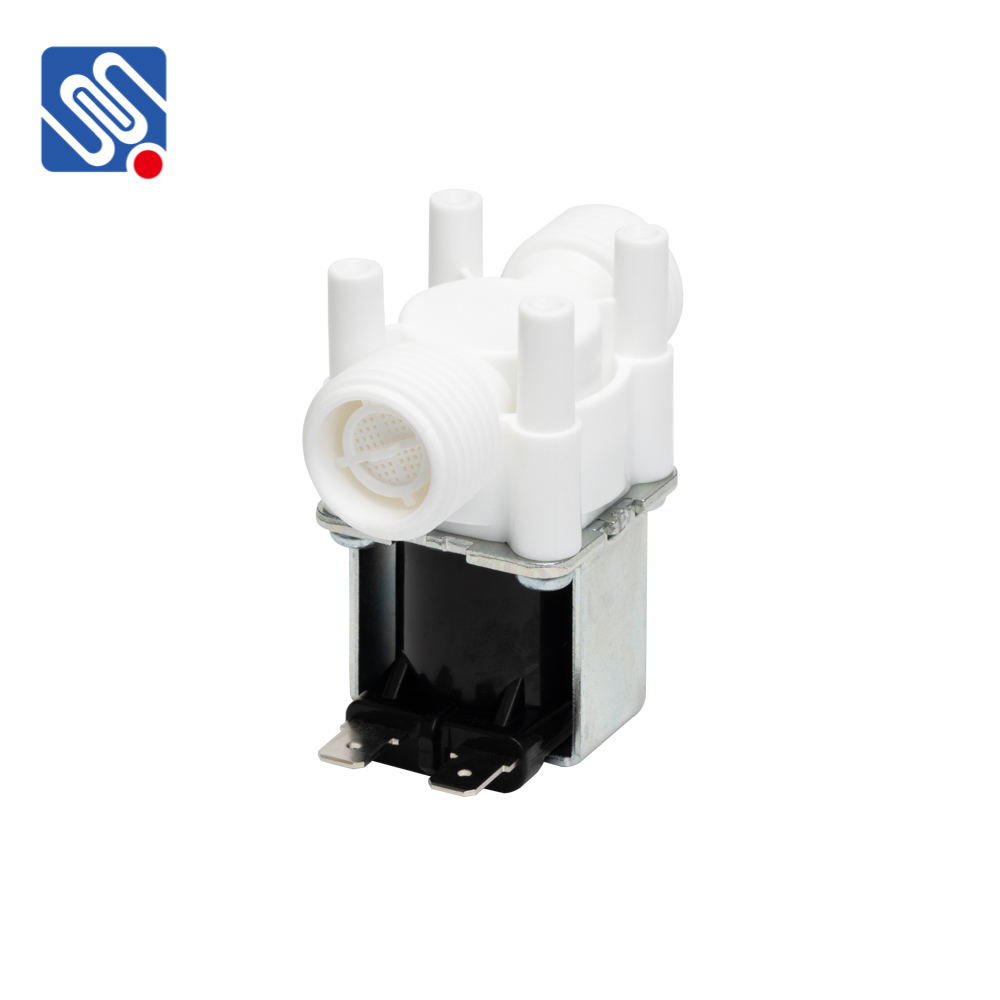The Building Water Supply Solenoid Valve is an essential component in modern water management systems, offering an efficient and automated solution for controlling the flow of water in buildings. These valves are commonly used in residential, commercial, and industrial buildings to regulate water supply systems, ensuring that water is distributed efficiently, safely, and according to precise requirements. This article explores the function, applications, and benefits of the Building Water Supply Solenoid Valve in various contexts.

Function and Operation A solenoid valve is an electrically controlled valve that operates through a coil of wire, known as a solenoid, which generates a magnetic field when energized. This magnetic field drives a plunger or actuator inside the valve, opening or closing the valve’s orifice. The valve can be in either an open or closed state, depending on the electrical signal received. In the case of the Building Water Supply Solenoid Valve, these valves are typically used to control the flow of water into a building or a specific area. When the solenoid coil is activated by an electrical signal, the valve opens, allowing water to flow through the pipe. When de-energized, the valve closes, cutting off the water supply. The valves can be designed to either remain open or closed by default, depending on the specific requirements of the system.